New features are arriving for checking the efficiency of the car, as well as km, VIN, engine light, errors and fuel consumption: this is how the OBD system for car inspection works
We have just started the new year and some news is already arriving that will change the habits of our lives. We have already talked about some news on the costs, deadlines and bonuses of car inspections from 2024 onwards, but the news doesn’t end there. The Civil Motorization has in fact outlined important changes to the car inspection procedure. These changes lead, during the control procedure, to the use of OBD port and error reading stored in the control unit if the MIL engine light stays on. For newer cars there will be one communication of fuel consumption stored in the OBFCM control unit, which we had already mentioned: in short it is a system that combats mileage fraud and cars with efficiency problems. Now let’s see how the car inspection works with the OBD system.
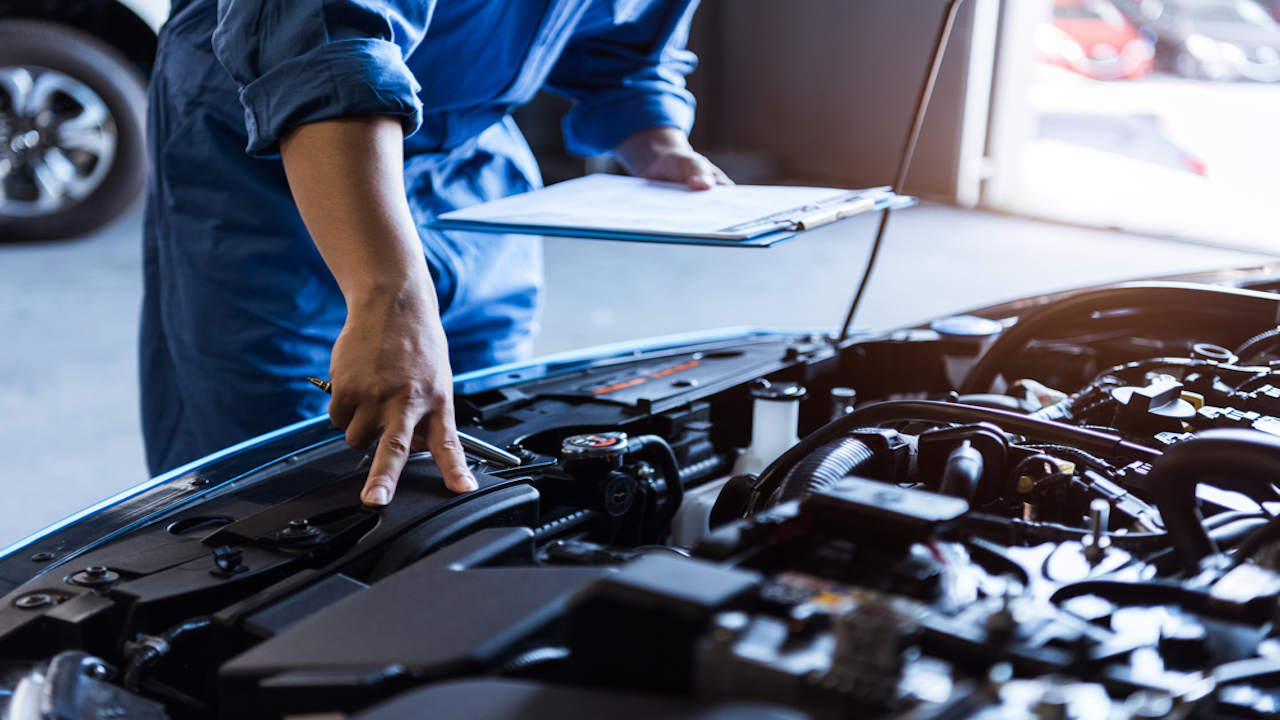
OBD Scantool and Software Update | Car inspection with OBD system: how does it work?
The novelty of using the Scantool OBD will force authorized workshops to make some adjustments to the equipment and software they use. First of all they must ensure that the PCPrenotazione and PCStazione software are compliant by January 31, 2024. If the workshops do not carry out thePCP and PCS software updatethey will no longer be able to make revisions from February 1st on. From February 24the Control Centers must be in possession of the device Scantoolequipped with a technical data sheet and communicate the connection diagram to the relevant Civil Motorization Office within 30 days from the day of acquisition of the device, or they must update the existing rev counters within the validity period.
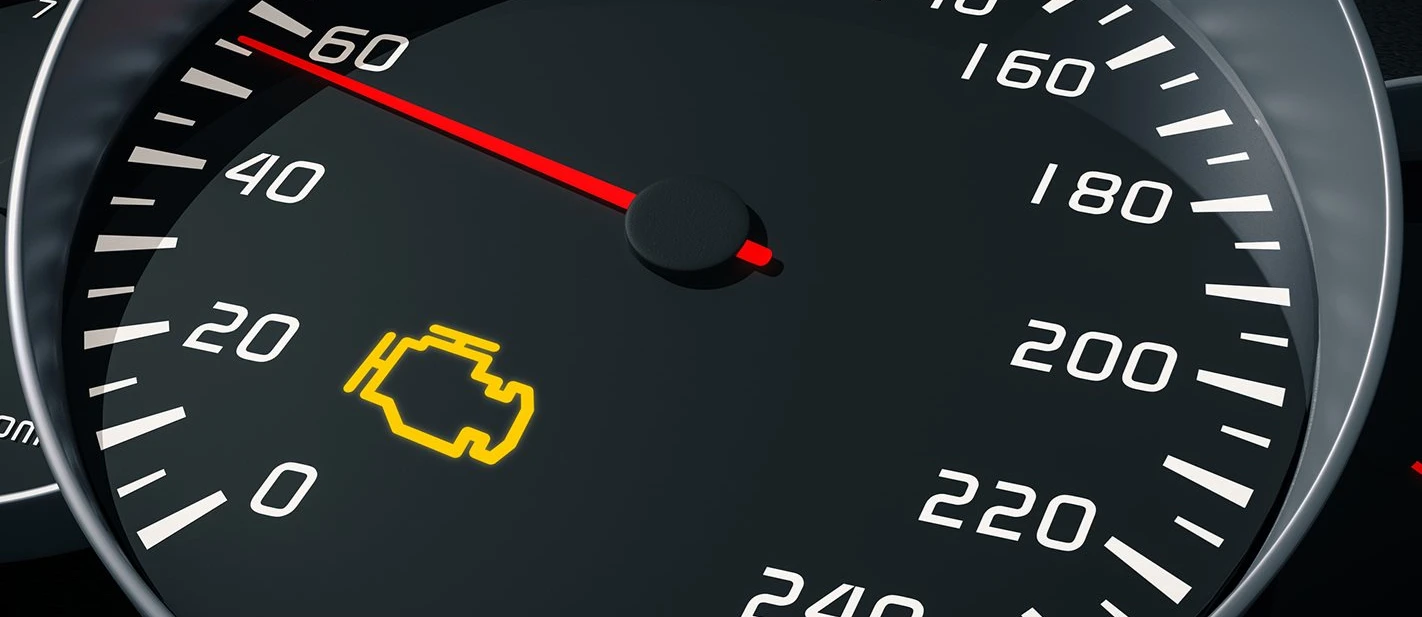
Error reading and engine light | Car inspection with OBD system: how does it work?
One of the new features is the importance of reading errors stored if the engine light stays on and it doesn’t turn off as expected. This check will be decisive on the evaluation of the efficiency of the vehiclein fact if the MIL light stays on, it will have a problem at the inspection irregular outcome. It works as before, only now this outcome will be irregular fundamental. The MIL light check and error reading at the MOT will be triggered all M1, M2, N1 vehicles <3.5t registered from 1 September 2009. There will always be a inspector to give the final outcome because in any case the diagnosis it is not automatedexcept for vehicles created from 2021 onwards, electric or hybrid.

Check KM and Vin | Car inspection with OBD system: how does it work?
The check via OBD will also serve to detect any discrepancies in km traveled and VIN stored in the control unit. These discrepancies, however, will not lead to failure, but will have to be justified by the technician on the report. The discrepancies, however, will become decisive when the new system is present in every centre, therefore not before 2025.
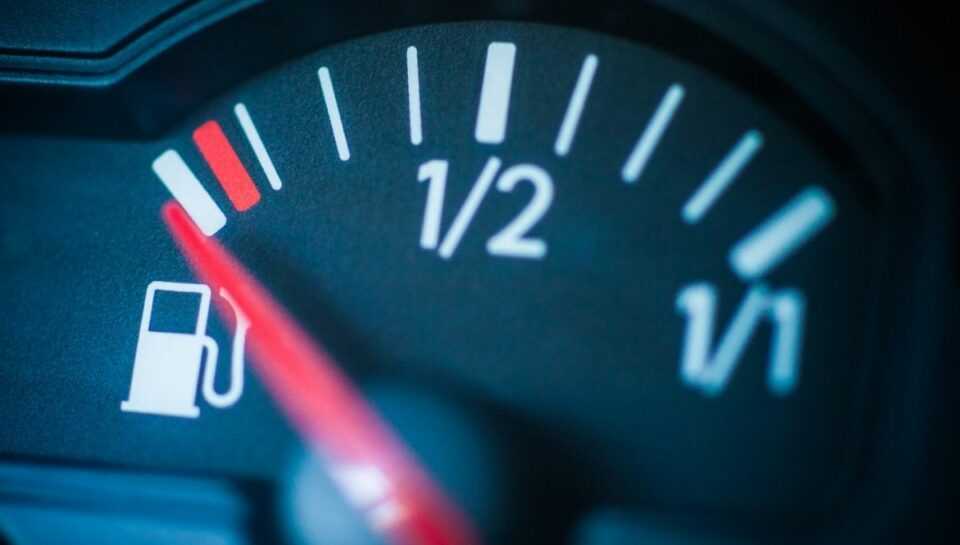
Average fuel consumption reading | Car inspection with OBD system: how does it work?
Another novelty in the revision will be the communication of statistical fuel consumption data for cars that have an OBFCM control unit, i.e. all M1, M2, N1 vehicles <3.5t registered from 1 January 2021. However, this is a measure optionalthe customer in fact can object and in this case the refusal will be noted on the inspection report. No irregular outcome is foreseen if you object. However, this test is essential to verify that the car is truly efficient and that it does not represent a pollution risk.
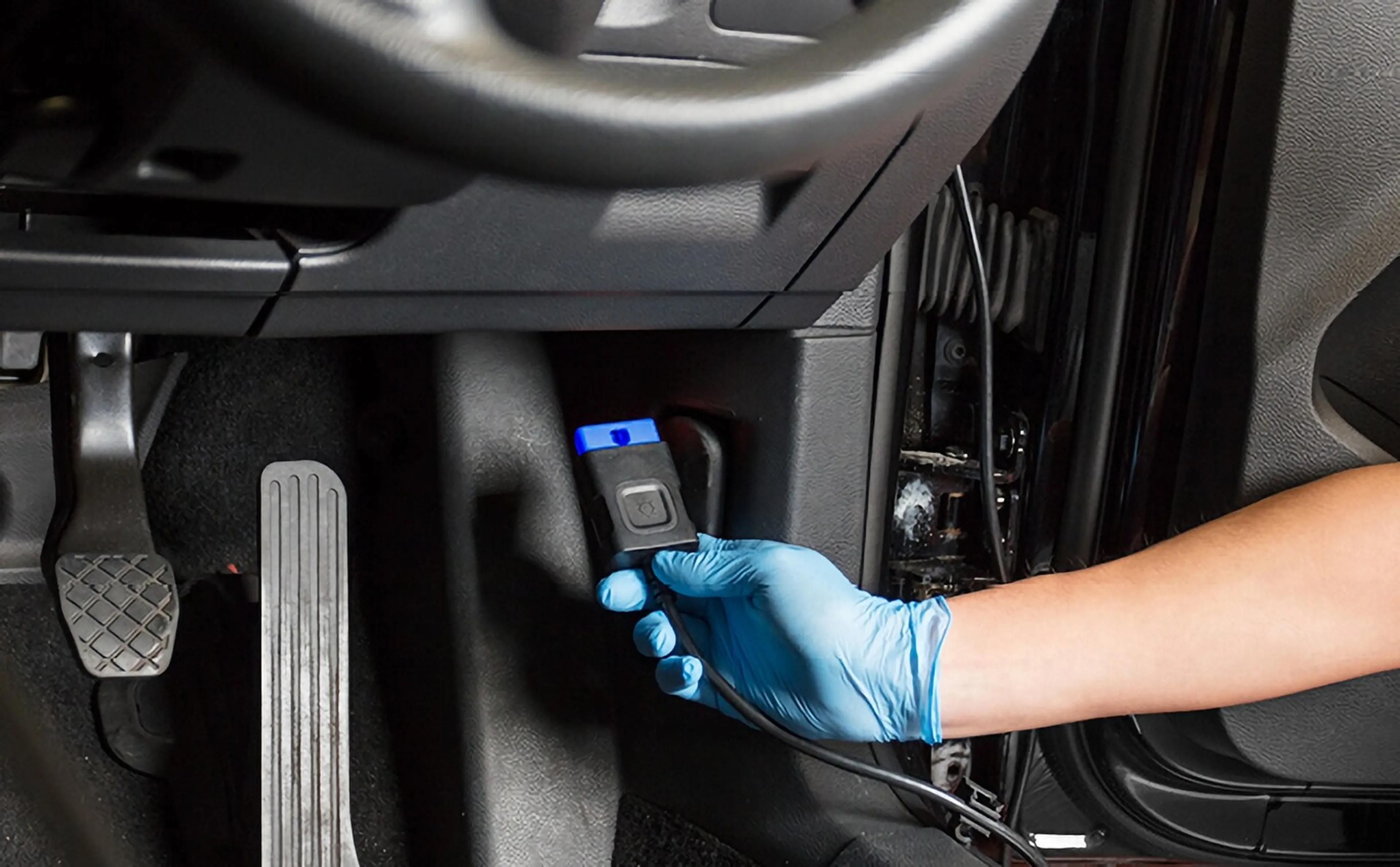
The limits | Car inspection with OBD system: how does it work?
Unfortunately, even with the new review system, widespread habits such as tampering with exhaust gas after-treatment systems they will continue to exist for quite some time. The same also applies to malfunctions of safety systems which today are mandatory on new cars. At the moment the focus is only on the presence of anomalies via the OBD. We remind you that all anomalies on safety devices such as ABS-AIRBAG already give irregular results, such as the presence of the MIL light on. We hope that in the future due attention will also be paid to the other anomalies.
What do you think? Do these new revision measures seem right to you? Tell us what you think in the comments and continue to follow us on techgameworld.com for other guides and news from the world of motoring and much more.






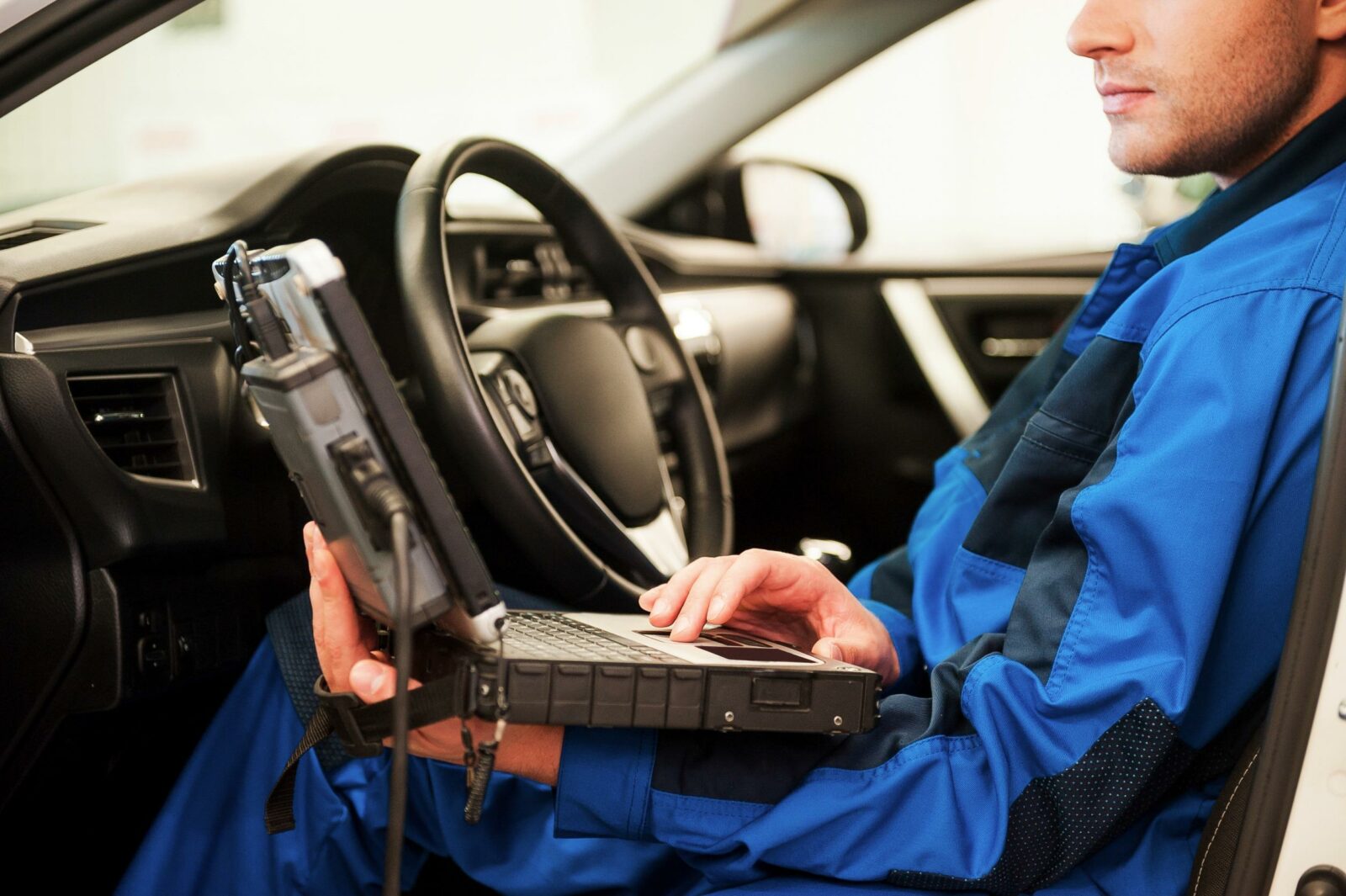






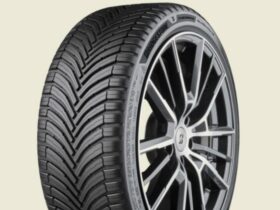
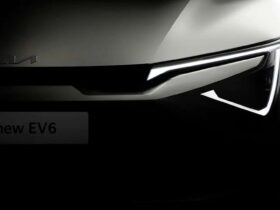
Leave a Reply
View Comments